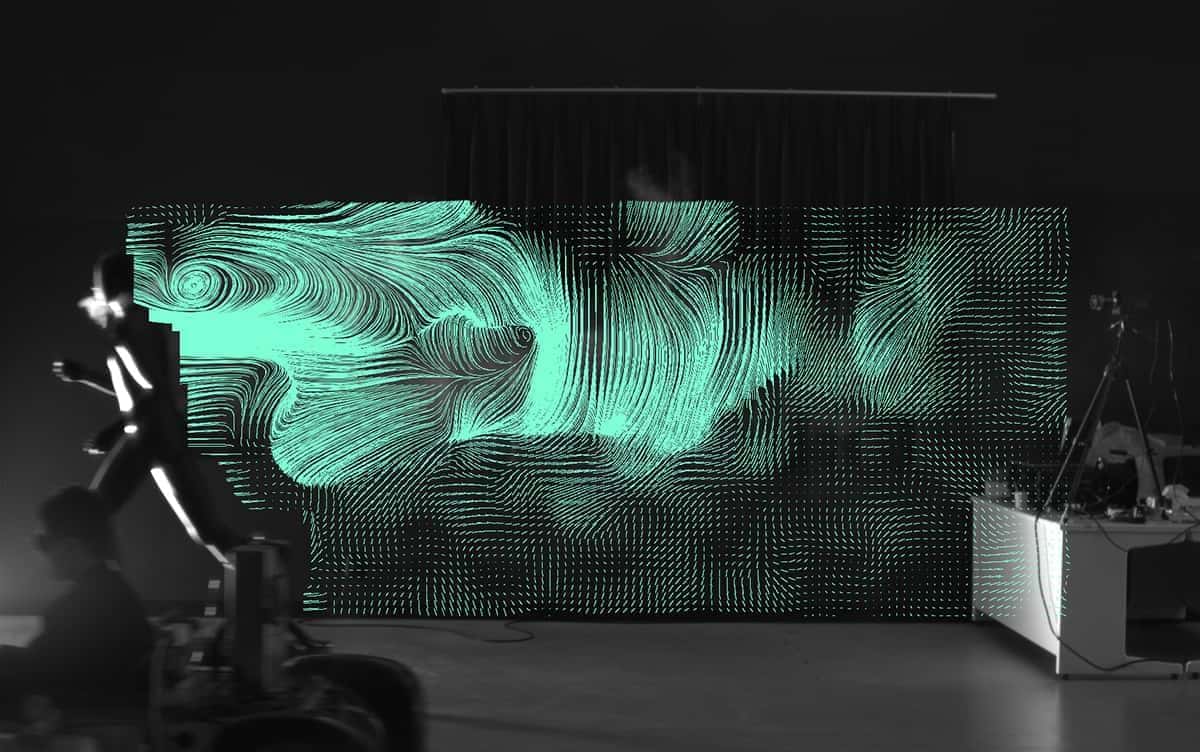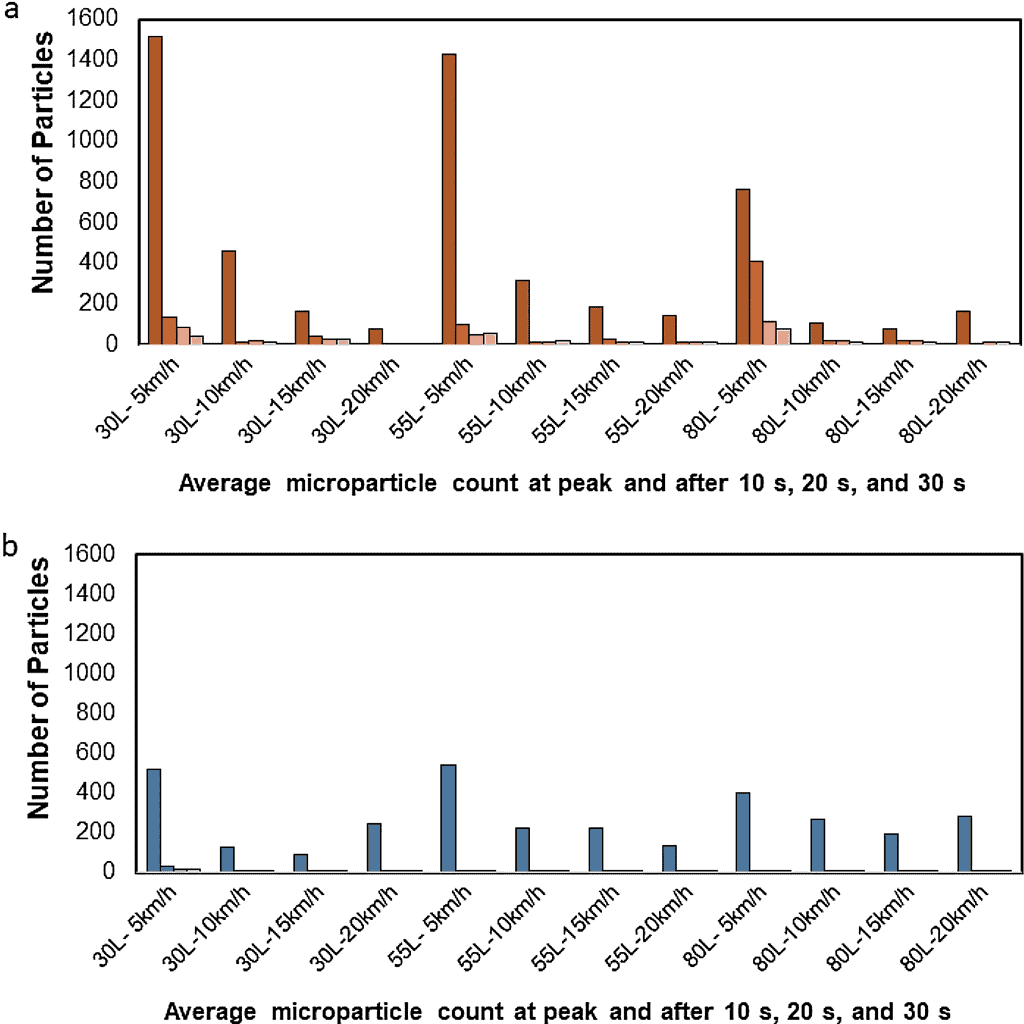In the very early days of the coronavirus pandemic, there was a lot of confusion about how the pathogen spreads. Is it aerosols, droplets, or on surfaces? How important is ventilation? Fast forward to today, and we know much more about the coronavirus — but not everything. In fact, the exact mechanisms of disease transmission are still imperfectly understood.
Now, researchers from Tsukuba University in Japan have shown that within just five minutes of passing by someone carrying the virus, your risk of infection reaches its highest.

By now, science has shown that aerosols play a key role in transmitting COVID-19 and plenty of other viruses as well. But we still don’t understand exactly when and how aerosols pass from one person to the other and how they infect people. To investigate this, researchers led by Takeshi Asai employed a technique called Particle Trace Velocimetry.
Tracking aerosols
The technique uses a laser sheet and a high-speed camera to measure microparticles from a mannequin’s mouth. This is not a perfect study, as the system only simulates real-world interactions. For instance, the shape of the mouth or how someone breathes can be important. Nevertheless, the study gave some striking indications about exposure to infectious aerosols.
The researchers tracked how exposure to aerosols changes in time in various conditions (walking, or running; ventilated or not ventilated). Essentially, they measured aerosol exposure of passing by an infected person, at various speeds.
The researchers found that, with or without ventilation, the number of aerosol particles peaks very quickly. Just 5 seconds after the face-to-face encounter, a maximum of exposure is reached. Then, the exposure declines rapidly. This was observed with and without ventilation.

In a non-ventilated setting (akin to a closed room or a still alleyway) the average peak time for exposure was roughly 1.33 seconds. Bring in ventilation, and the average peak time nudges up to 1.38 seconds. The twist, however, is that while ventilation did not significantly delay the peak risk time, it drastically reduced the quantity of microparticles, and thereby, the potential viral load one could be exposed to.
Furthermore, the 5 second peak was reached during all sorts of activities. Whether it’s talking in a room or running by someone, the 5 second rule was still in place.
The researchers also found that when coughing without a mask, microdroplets quickly fall within 2 m when there is no wind or ventilation. However, if there is moderate wind, they can spread to an area of 6 m or more from the outlet — although they are rarefied. In all scenarios, the aerosols were most concentrated in the 1 meter area around the source.

Hold your breath for 5 seconds
So what does this all mean?
Keeping the limitations of the study in mind, this can help us reduce the risk of infection. If you think you’re passing by an infected person, it can help to keep a distance of over one meter, or hold your breath for a few seconds, the researchers say.
COVID-19 is no longer the monumental threat it used to be only a couple of years ago, but it’s still an important problem. In the UK, one of the few countries still collecting data, the virus is still killing around 50 people every day — that’s in a country of 70 million people with a developed medical system. Plus, it’s flu season, and plenty of other infectious diseases are spread through aerosols.
If you want to reduce your chances of getting infected, all the familiar measures like ventilation and using a face mask if necessary still apply. But at the very least, you should know that within five seconds of meeting someone, you should pay extra attention and probably stay a meter or two away.
“Taking precautionary measures during these initial 5 s will greatly reduce the risk of airborne viral exposure. The insights gained from this study could be applicable to reducing infection risks in cases mediated by aerosols, such as influenza and monkeypox. In the future, it will be crucial to explore not only the risks associated with face-to-face interactions but also those occurring during various forms of physical activity, sports competitions, and sporting events,” the researchers write in the study.
The study was published in Nature Scientific Reports.









